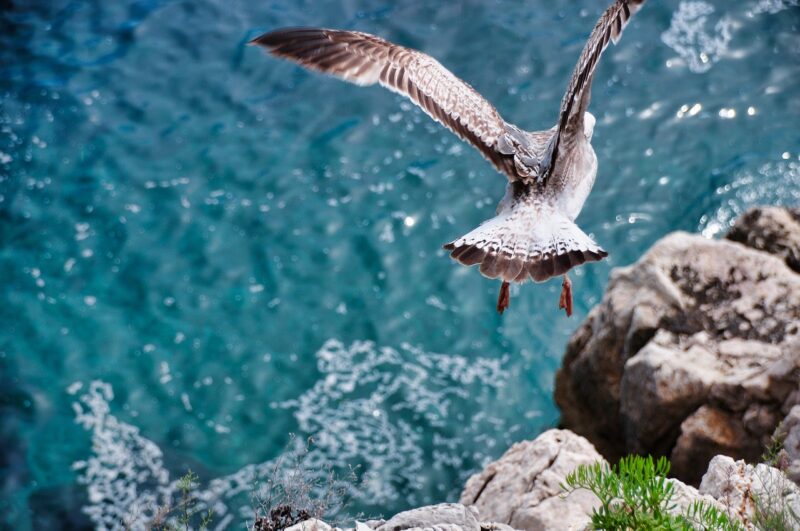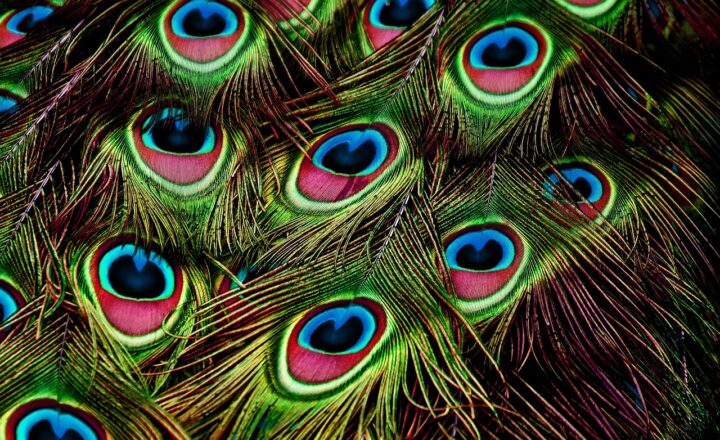
The natural world is full of undiscovered treasures, revealing an endless array of wonders that often hold the key to problem-solving and innovation. One such treasure lies in the observation of animal movement, a phenomenon that has significantly influenced human design across various fields—from architecture and engineering to fashion and technology. By studying the intricate patterns of movement in the animal kingdom, designers and inventors have derived unique solutions that enhance functionality, sustainability, and aesthetics in human creations.
1. The Science of Biomimicry
Biomimicry is the design approach that seeks inspiration from nature’s elegant solutions to complex problems. This field draws upon the principles of biology, observing how animals have adapted to their environments over millions of years. By understanding the mechanics behind animal movement, designers can create products and structures that better meet human needs while minimizing environmental impact.
The primary focus of biomimicry is to study the forms, functions, and systems found in nature and to apply these insights to human challenges. One of the key benefits of this approach is its ability to foster innovation and promote sustainable practices by leveraging nature’s built-in efficiencies.
2. Architecture Inspired by Animal Movement
Human architecture has often turned to animal movement for inspiration, leading to stunning designs that reflect the efficiency of nature. This is evident in various buildings and structures that mirror the agility and functionality observed in animals.
A prime example is the Eden Project in the UK, where the interconnected geodesic domes resemble the structure of a beehive. Bees demonstrate incredible efficiency in space usage and structural integrity. The design not only maximizes interior space for biodiversity but also aligns with environmental sustainability principles.
Furthermore, the curved designs of certain buildings, such as the Sydney Opera House, mimic the fluid movements of marine organisms, like fish and dolphins. These structures showcase the use of flow and motion in their architecture, creating both visually stunning and acoustically superior environments.
3. Engineering: The Influence of Animals on Robotics
In the realm of engineering, the study of animal locomotion has produced groundbreaking innovations in robotics. Engineers frequently turn to the biomechanics of various species to develop robots that are more agile and versatile in diverse environments.
Take, for example, the development of robotic arms inspired by the appendages of octopuses. By mimicking the flexibility and dexterity of octopus tentacles, engineers have created robots capable of performing complex tasks that require a high degree of maneuverability.
Similarly, the Cheetah Challenge robot, designed by researchers at MIT, is modeled after the movement patterns of cheetahs. This robot can achieve remarkable speeds while maintaining the agility necessary to navigate complex terrains. By closely studying how cheetahs run, developers enhanced robotic design in ways that significantly improve mobility and stability.
4. Fashion: Movement in Design
The world of fashion also draws heavily from the movement patterns seen in nature. Designers often observe animals to create clothing lines that provide both functionality and aesthetic appeal. This can be seen in the use of feathers, furs, and skins, but it extends beyond materials to include the very mechanics of movement.
An excellent example is the use of flight patterns in the design of activewear. Innovators study the aerodynamic shapes of birds and insects to develop garments that reduce drag and improve performance for athletes. Brands like Nike and Adidas integrate these principles into their collections, producing cutting-edge apparel engineered for speed and efficiency.
Moreover, the elegance of a swan’s grace and the intricate flight of butterflies have inspired unique textile patterns and shapes, giving life to flowing garments that seem to move in harmony with the wearer’s body.
5. Transportation: Mimicking Animal Mobility
The transportation industry is another area where the patterns of animal movement have left a profound mark. Concepts for more efficient vehicles and transportation systems frequently borrow from nature to improve design and sustainability.
For instance, the study of fish schools has led to innovations in the design of boats and underwater vehicles. The streamlined shape of a fish has inspired hull designs that minimize resistance and optimize energy consumption, leading to more fuel-efficient marine vehicles.
Additionally, the application of bird flocking behaviors has influenced the development of drone technology. By analyzing how birds communicate and coordinate during flight, engineers have created algorithms that improve the performance and efficiency of drone operations in various fields—from delivery systems to agriculture.
6. Conclusion: A Harmonious Relationship
The relationship between the patterns of animal movement and human design is a harmonious one, built upon principles of efficiency, adaptability, and sustainability. As we continue to observe and study the fascinating behaviors exhibited in the animal kingdom, it is likely that we will unearth even more extraordinary ideas that can revolutionize the way we approach design.
In an era of rapid technological advancement and mounting environmental challenges, the wisdom gleaned from nature’s designs serves as a vital resource for creating innovative and sustainable solutions. By embracing biomimicry, we not only celebrate the creativity of the natural world but also foster a future where human ingenuity aligns closely with the rhythms of nature.







